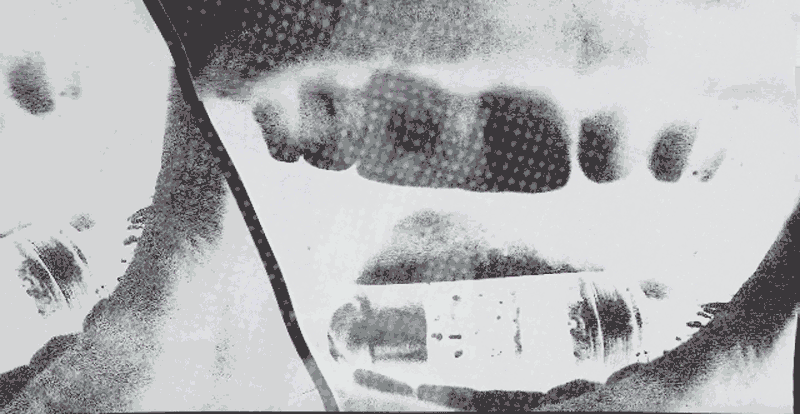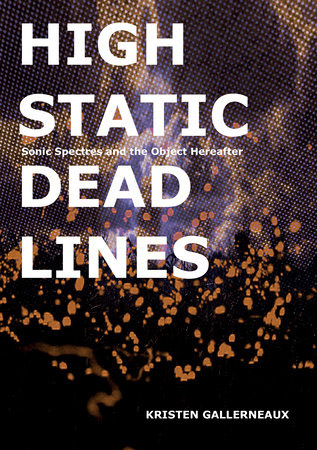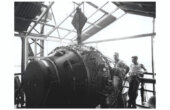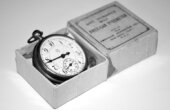Tune in to the Tummy: Vladimir Zworykin’s Radio Pill

What if you could eat a radio station? A battery, transistor, condenser, coil, oscillator, and diaphragm — all crammed into the space of a capsule about an inch long and a half-inch in diameter. These components make up the “world’s smallest FM radio broadcast station.” Developed in 1959 by Vladimir Zworykin, in conjunction with RCA, the Veteran’s Administration Hospital, and the Rockefeller Institute, this medical grade “endosonde” was designed to sail through the thunderstorm of the stomach, and crawl through 10-odd meters of bio-sludge in the human intestine.

Ten thousand dollars for 15 hours of battery life is a tough pill to swallow, but that is exactly what Dr. John Farrar did. Farrar was the first test patient to ingest the prototype Radio Pill, as Zworykin watched. Before the capsule entered his gullet, he was sure to tie a paranoid string around it, in case an emergency retrieval became necessary. Exit through the entrance. In later iterations, if the Radio Pill stalled, a more level-headed approach was used: X-rays revealed its location, and magnets were applied to the skin to steer it back to the proper path.
The pill is cylindrical, with one end covered by a thin rubber membrane that vibrates to the beat of gaseous pressure waves exerted by intestinal fluctuations. These vibrations make their way to a diaphragm, then to an electric coil, then the oscillator. The oscillator, acting on information several steps removed, broadcasts a continuous radio signal to an antenna outside of the body. The Radio Pill contains a resonant cavity structure that works to amplify sound — a structure not unlike that of “The Thing,” an espionage listening device embedded in the carved wooden seal of the U.S. Embassy in Moscow.
Before the capsule entered his gullet, he was sure to tie a paranoid string around it, in case an emergency retrieval became necessary.
The Thing was built (under proto-KGB duress) by Léon Theremin, the Russian inventor of one of the first electric instruments, now commonly referred to as the Theremin. The Thing was gifted to U.S. Ambassador W. Averell Harriman as a “friendly gesture” in 1945. Ironically, the foundations of The Thing were developed at Zworykin’s own home-base of RCA in 1941.
In a 1961 Pathé medical demonstration film, a doctor examines a female patient and unwittingly plays her body as if it was a musical instrument, accompanied by sounds reminiscent of Theremin’s own spacey instrument. The doctor applies pressure to her gut to change the pitch and tone of her amplified body, without ever actually touching the device transmitting
within her.
Over the course of the Radio Pill’s two-day journey within the body, an antenna-wielding doctor may tune in to the signal, which is bounced into a device much like an electrocardiogram, drawing waving lines across a piece of paper, or onto the screen of an oscilloscope. This addition of a visual record makes the body more like a television station than a radio station, as the pill transmits its data onto the oscilloscope’s CRT screen. (Zworykin’s legacy as an electronics pioneer heightened with his invention of the iconoscope, which was the first practical vacuum tube designed for use in electronic television video cameras.)
Despite all of these successful demonstrations of transmissions swallowed down with a sip of water, the pills were actually entrenched in the signals of war. As John Lear wrote in New Scientist in 1957, “The power for transmission of the signal is amplified by a transistor hooked up to a storage battery which was originated in WWII to set off anti-aircraft shells when they neared invading planes.”
The Radio Pill also used telemetry — technology-assisted exploration undertaken in dangerous or inaccessible landscapes — to explore the uncharted areas of the digestive tract, along with the deep and mysterious terrain of the right side of the colon. And somewhere in the bowels of institutions like the Henry Ford and the Hagley Museum, versions of Zworykin’s Radio Pill have been swallowed up, too, locked within the tangled guts of object history.
Kristen Gallerneaux is an artist, writer, and sonic researcher. She is the Curator of Communication and Information Technology at The Henry Ford Museum and the author of “High Static, Dead Lines: Sonic Spectres & the Object Hereafter,” from which this article is excerpted.



